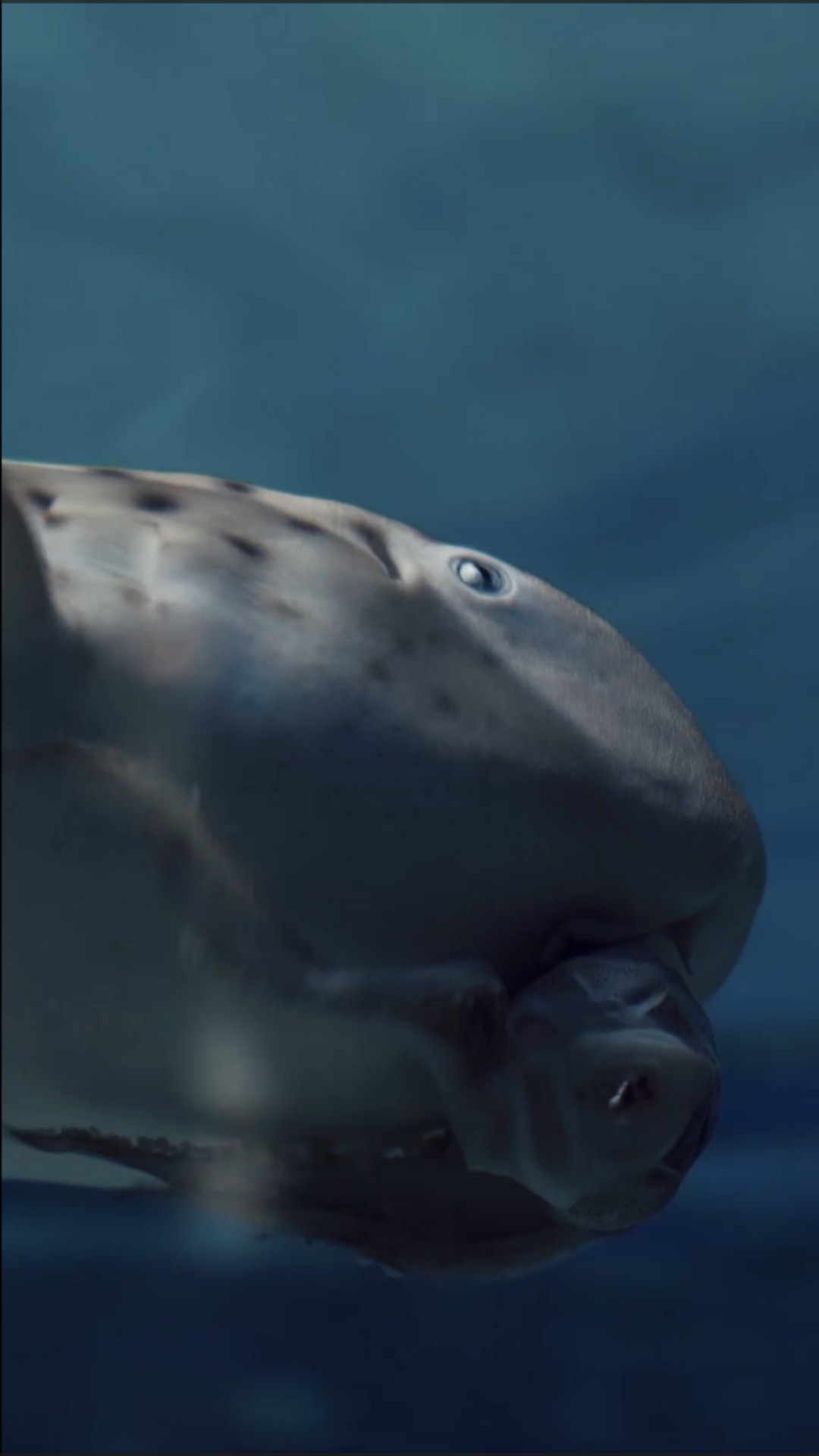- The critical role of shark and ray nurseries in marine ecosystems and conservation efforts.
- The specific functions and operations of the Oceanogràfic’s shark and ray nursery.
- Insights into the breeding, care, and rehabilitation processes managed within the nursery.
- Educational and conservation significance of nurseries for public awareness and marine preservation.
- Challenges and advancements in managing marine wildlife nurseries, focusing on sharks and rays.
Shark and ray nurseries play a transformative role in marine ecosystems, providing a controlled environment for these species to grow and develop. These nurseries are essential for the sustenance of marine life, especially for top predators like sharks and rays, which are vital for maintaining balance in the oceanic food chain. In marine biology, these nurseries are critical spaces that help manage populations and protect young sharks and rays from the many threats they face in the wild.
The Oceanogràfic’s shark and ray nursery is designed to be an essential sanctuary for these marine creatures. Located in their building of access, the nursery welcomes visitors immediately upon entry, emphasizing transparency and educational outreach. This institution serves several purposes, including research, conservation, and education, and functions to bridge the gap between scientific study and public education.
One of the key operations within the nursery is breeding management. Here, specialists replicate natural environments to facilitate breeding, ensuring that young sharks and rays have the best conditions for survival and growth. This controlled setting allows marine biologists to closely monitor development stages, ensuring the young are healthy and robust enough to eventually return to their natural habitats. The success of these breeding programs is dependent on precise environmental controls, including water quality, temperature, and diet, tailored to each species’ needs.
Care and rehabilitation are crucial components of the nursery’s operation. Many sharks and rays enter the nursery after being rescued from inadequate conditions or injuries. Marine biologists and veterinarians employ cutting-edge techniques and treatments to nurse them back to health, focusing on rehabilitation methods that address their unique physiological needs. This process is critical not only for the individual animals but also for understanding health issues that can affect larger populations.
Educational initiatives form a foundational aspect of the nursery’s contribution to conservation. The Oceanogràfic utilizes the nursery as a live exhibit to inspire and educate the public about sharks and rays. Visitors can witness firsthand the stages of growth and the care practices involved in raising these creatures. Educational programs are designed to raise awareness about the importance of sharks and rays in ecological balance and the threats they face due to human activities such as overfishing and habitat destruction.
Managing a shark and ray nursery comes with significant challenges, including maintaining optimal environmental conditions and ensuring the genetic diversity of captive populations. Advancements in technology and methodologies continue to improve the success rate of these nurseries. Innovative approaches, such as the use of advanced filtration systems and specialized diets, have been instrumental in creating sustainable environments that mimic natural habitats as closely as possible.
Oceanogràfic’s nursery is not just a site for breeding and care; it is a hub for ongoing scientific research aimed at understanding the complex life cycles of these often misunderstood creatures. Studies conducted within the nursery contribute to broader conservation strategies aimed at protecting sharks and rays on a global scale. The data collected here is shared with international conservation organizations and contributes to strategies that aim to foster sustainable populations in the wild.
Understanding the ecological role of sharks and rays enhances efforts to preserve marine biodiversity. These animals often serve as indicators of ocean health; their presence or absence can tell scientists much about the state of the ecosystem. As apex predators, they help regulate the populations of species below them in the food web, playing a crucial part in maintaining the balance of marine life.
Public engagement through direct interaction with the nursery’s initiatives creates a bridge between the aquarium’s inner scientific workings and the outside community. By opening its doors to the public, the Oceanogràfic encourages dialogue and education, helping to foster a deeper understanding and appreciation of marine conservation efforts. This approach to education aims to inspire not only visitors but also future generations of conservationists and marine biologists.
Shark and ray nurseries, and specifically the one at the Oceanogràfic, stand out as pioneering models in wildlife conservation. They highlight the importance of cohabitation and respect for marine life, demonstrating that through careful conservation and education efforts, humanity can significantly impact the future of aquatic ecosystems positively.
*****
Source Description
| 🦈 ¿Para qué sirve una guardería de tiburones y rayas?
💡 Klaudia, guía del Oceanogràfic, te explica el porque de la existencia de la Guardería de Océanos.
🌊 Visítala en nuestro edificio de accesos, nada más entrar 😉.


